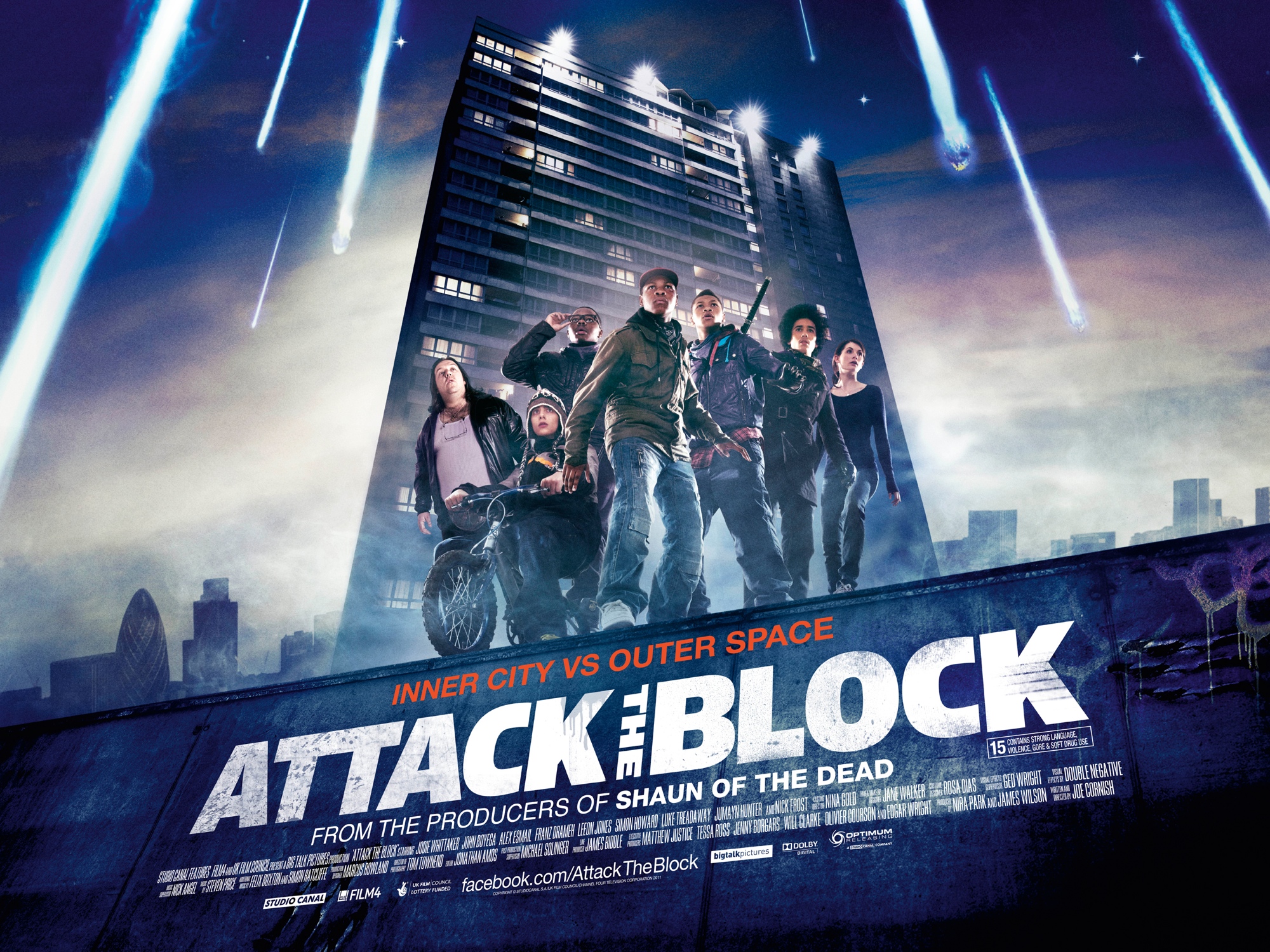5 favourite magazines
-Vogue- is an American fashion and lifestyle magazine that is published monthly in 19 national.-Elle-Worldwide magazine, women's fashion, beauty,
health and entertainment.
-Company- is a monthly fashion, celebrity and lifestyle magazine published in the United Kingdom.
-Cosmo-is an international magazine for women.
-Nylon-is an American magazine that focuses on pop culture and fashion. Its coverage includes art, beauty, music, design, celebrities, technology and travel.
5 favourite television programs
-New Girl- After a bad break-up, Jess, an offbeat young woman, moves into an apartment loft with three single men. They find her behavior very unusual, the men support her most of the time.
-Surburgatory-A teenage girl moves from the city to the suburbs.
-2 broke girls-Two young women waitressing at a greasy spoon diner strike up an unlikely friendship in the hopes of launching a successful business - if only they can raise the cash.
-Made in Chelsea-Following the lives of classy people, in a real life, reality.
-Big bang theory-A woman who moves into an apartment next door to two brilliant but socially awkward physicists shows them how little they know about life outside of the laboratory.
5 favourite movies
-The inbetweeners-Four socially troubled 18-year-olds from the south of England go on holiday to Malia.
-
She's the man-When her brother decides to ditch for a couple weeks in London, Viola heads over to his elite boarding school, disguises herself as him.
-
The hangover-A Las Vegas-set comedy centered around three groomsmen who lose their about-to-be-wed buddy during their drunken misadventures, then must retrace their steps in order to find him.
-Love actually-Follows the lives of eight very different couples in dealing with their love lives in various loosely and interrelated tales all set during a frantic month before Christmas in London, England.
-
Bridget Jones-A British woman is determined to improve herself while she looks for love in a year in which she keeps a personal diary.
5 favourite actors/actresses
-Leonardo DiCaprio
-Jennifer Aniston
-Julia Roberts
-Hugh Grant
-Adam Sandler
5 favourite websites/apps
-Blogger- is a blog-publishing service that allows private or multi-user blogs with time-stamped entries.
-Tumblr- is a microblogging platform and social networking website, allowing to post multi-media.
-Instagram- is a free photo-sharing program and social network, allowing to edit photos with filters
-Twitter-is an online social networking service that enables its users to send and read text-based messages
-Google-A search engine website.














